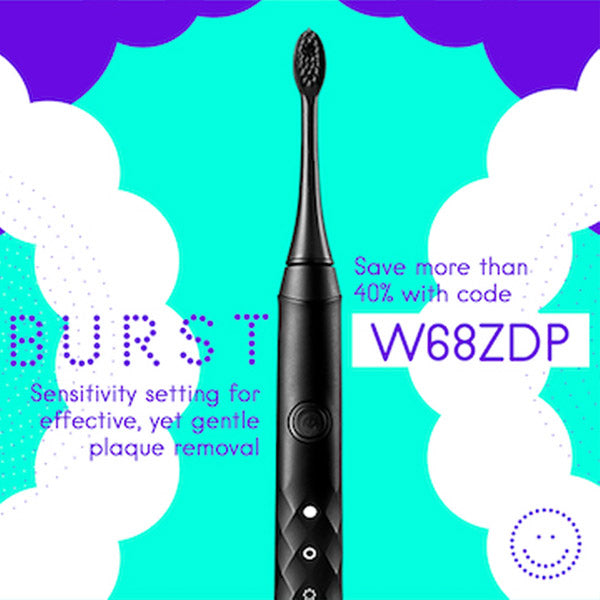The Changing Face of Oral Cancer
The face of Oral Cancer is changing. The fastest growing segment of the population being diagnosed with oral cancer, as defined as cancer of the oral cavity or the oropharyngeal region, is now 25-50 year olds who have never smoked. According to the Oral Cancer Foundation, the human papillomavirus (mainly HPV 16) is now the leading cause of oral cancers and is found in nearly 60% of newly diagnosed cases.
HPV is the most common sexually transmitted infection. There are several types of HPV that affect different parts of the body. Most types of HPV will present no symptoms and resolve on their own within 1-2 years. More harmful HPV infections can lead to maliganacies, such as cervical, vaginal, vulvar, anal, penile, or oropharyngeal cancer. The National Cancer Institute states that more than half of sexually active people are infected with one or more types of HPV at some point in their lives. "It has been estimated that, by 2020, HPV will cause more oropharyngeal cancers than cervical cancers in the United States."
Practitioners need to be aware of the different manifestations of HPV positive and negative oral cancers. Head & neck cancers that are not caused by HPV are mainly found on the anterior tongue, floor of the mouth, buccal mucosa and alveolar ridges. Oral malignancies that are related to HPV are primarily found in the posterior regions such as the base of the tongue, the oropharynx, the tonsils and the tonsillar pillars.
Find more information about HPV related oral cancers at http://www.oralcancerfoundation.org/hpv/
An excellent CE article authored by Jacquelyn L. Fried, RDH, MS entitled, "Redefine Risk" can be found at http://www.dimensionsofdentalhygiene.com/2013/03_March/Features/REDEFINE_RISK.aspx#.UWCNPyEFpM0.facebook




